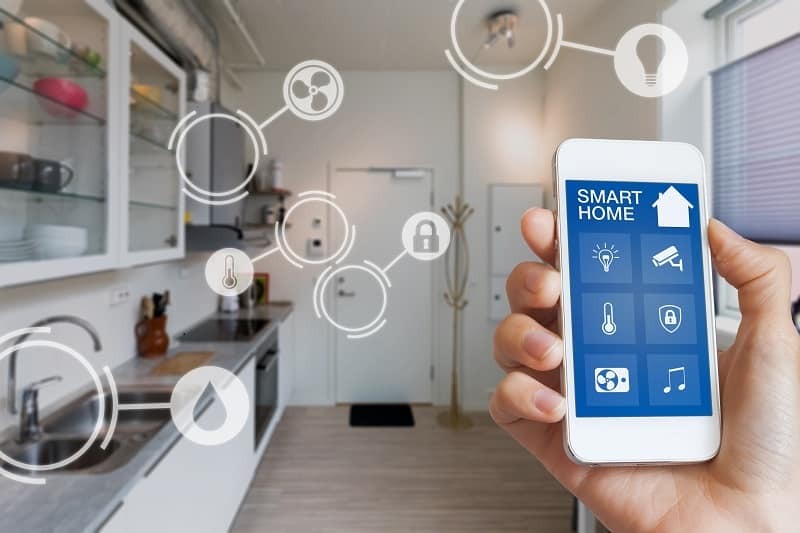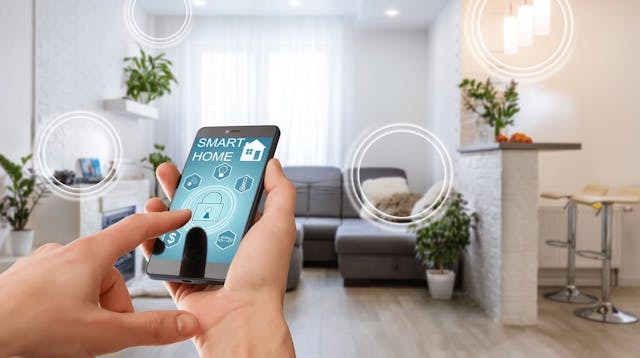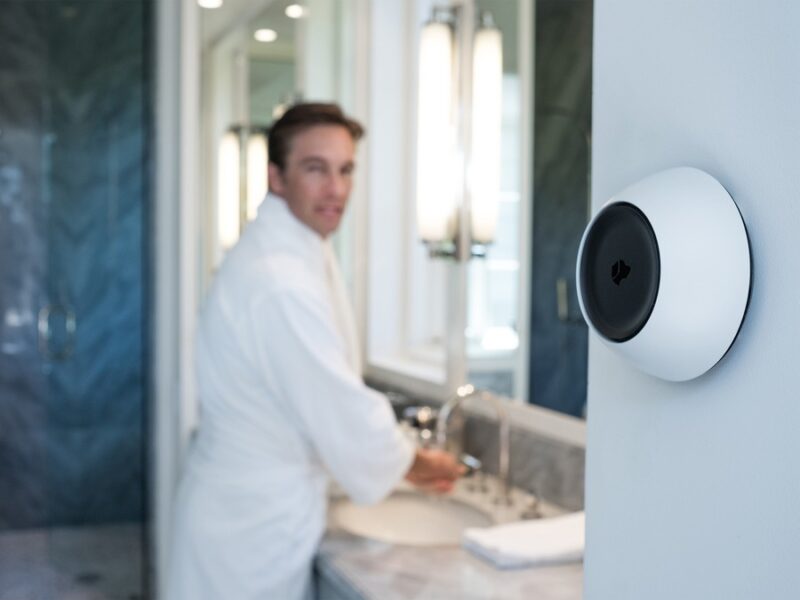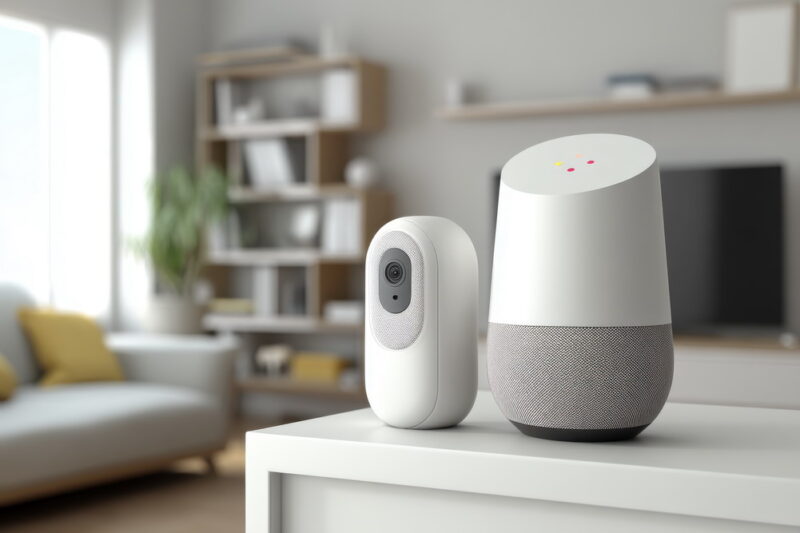Home security and smart home technologies have matured to the point that fully integrating them is now possible. The perfect example is integrating home security with a smart speaker.
There is the novelty aspect, but is doing so worth it once the novelty wears off? I would say it is.
The funny thing is that I would have said ‘no’ as recently as a couple of years ago. I couldn’t see the benefit of home security and smart speaker integration.
But I went ahead and integrated them just because I could. Now I cannot imagine running my security system without a smart speaker.
Incidentally, I have a number of non-security devices in my system.
They include lights and my thermostat. Every device on the network can be controlled with nothing more than my voice.
Two smart speakers placed strategically in my home provide nearly wall-to-wall coverage. When I am away from home, a companion app offers me voice control via my smartphone.
What I Can Do With Voice Control

So, what can I actually do with voice control? For starters, I can arm and disarm the security system with a simple command. I don’t have to go to the hub or pull out my phone. I just tell the smart speaker to arm the system, and it does.
A simple voice command locks and unlocks the front door. Another turns lights on and off. At some point, I intend to invest in smart window blinds.
Once they are installed, I will be able to open and close them with my voice.
As for programming with voice, it’s possible to some extent. I can say basic things like, “Turn on the living room lights at 6pm and turn them back off at 9pm.
More advanced programming is also possible, but capabilities vary from one device to the next. Programming is not uniform by any stretch.
Easy Enough to Set Up
If you have been thinking about integrating your home security with a smart speaker but have assumed it would be too hard to do, think again.
It was easy enough for me to set up even though I don’t use a mainstream security platform. Thanks to Amazon Echo smart speakers, I had things up and running in minutes.
I use an open-source home automation platform that isn’t tied to a particular brand.
That means I had to install a helper app to get support for Echo and Alexa. But installation and deployment took less than five minutes.
Then I just had to tell my platform to look for the two Echo devices and inform them of my network and all its components. Alexa found everything and was ready to go.
In less than ten minutes I was talking to the system. I didn’t even have to create any special commands. The smart speakers responded to normal words and phrases without any trouble.
Integrating With Mainstream Systems

Given how easy it was to integrate my home security platform with Amazon Alexa and Echo devices, I have to imagine it’s even easier with mainstream systems.
Take Vivint Home Security, for example. Vivint systems support both Google Home and Amazon Echo devices. Here are some examples of what Vivint says customers can do with voice control:
- Control the thermostat and adjust temperatures.
- Arm and disarm a home security system.
- Lock and unlock smart door locks.
- Adjust smart lighting.
- Open and close the garage door.
Of course, Vivint no longer draws a distinction between home security and automation. The two concepts are fully integrated into their systems and every device they sell.
If you had a Vivint system, would you have to download and install a helper app? I don’t know. But it seems like Vivint supports Google and Amazon smart speakers out-of-the-box.
You would obviously have to check with your particular brand to see what they support.
But given that Google and Amazon dominate the smart speaker market, I think you would be hard pressed to find a mainstream security system that doesn’t support them.
Why Voice Control Matters

At this point you might be wondering why any of this matters. After all, home security systems worked just fine long before home automation and smart speakers came to be.
I get it. Furthermore, I would still use my home security system even if I could not control it with my voice.
However, one of the motivations behind installing smart equipment is reducing friction.
If I need to run to my smart home hub every time I want to control one of my security devices, I experience unnecessary friction. Voice control eliminates most of that friction by offering a seamless and natural way for me to interact with my home.
There is added motivation for me, personally. I live with a disability that makes it difficult for me to move and react quickly.
My struggles are exacerbated by darkness. So being able to arm and disarm the security system once I have climbed into bed at night is invaluable.
Likewise, if an emergency forces me to get out of bed quickly, a simple voice command turns on all the lights in the house.
I am safer for it. The icing on the cake is being able to program lights, temperature control, and locks so that I always return to a safe and comfortable home.
You Might Never Go Back
Integrating your home security with a smart speaker is one of those things that could really change your life.
Try voice control and you might never go back to doing things manually. It really is that different.
If you’re not sure it’s right for you, I would start with an inexpensive smart speaker from Google or Amazon. Spend $25-$50 and see how it goes.
If you’re not plussed, you haven’t invested a ton of money. But I’m guessing that will not be the case. I’m guessing that once you’ve tried voice control, you will wonder how you ever managed without it.


